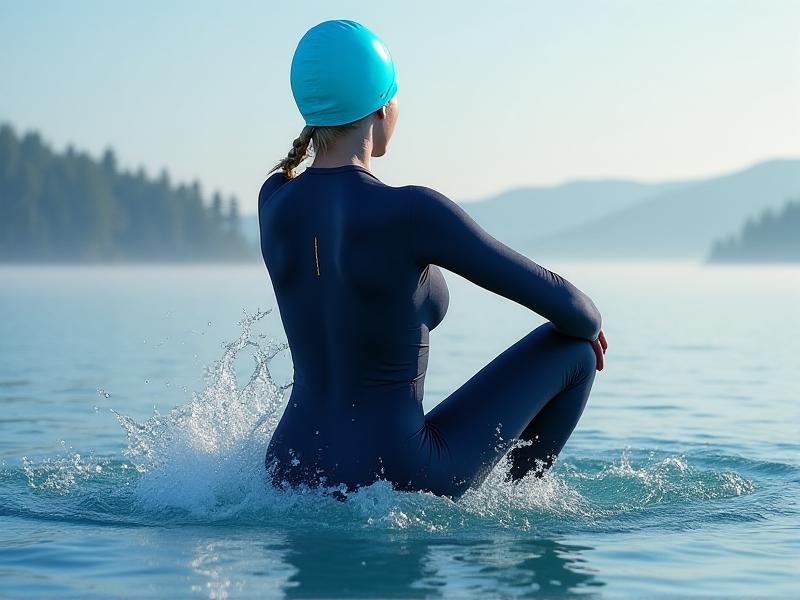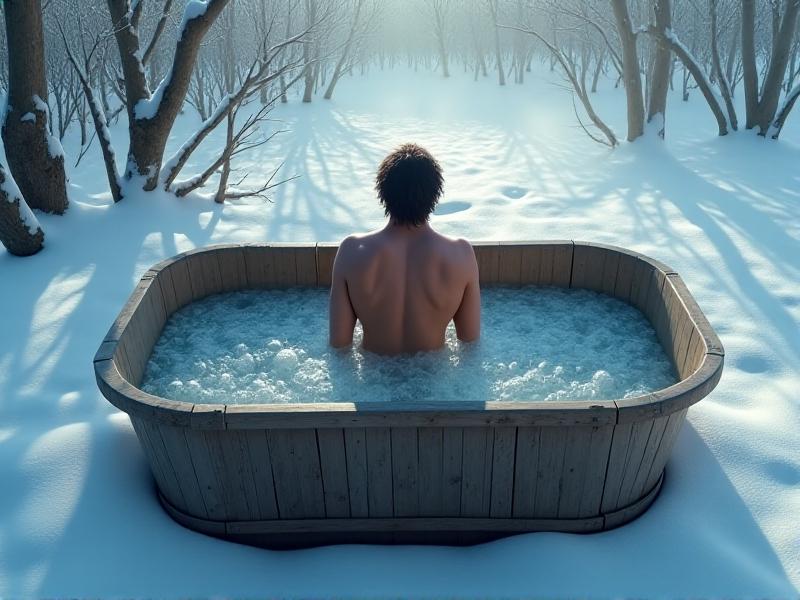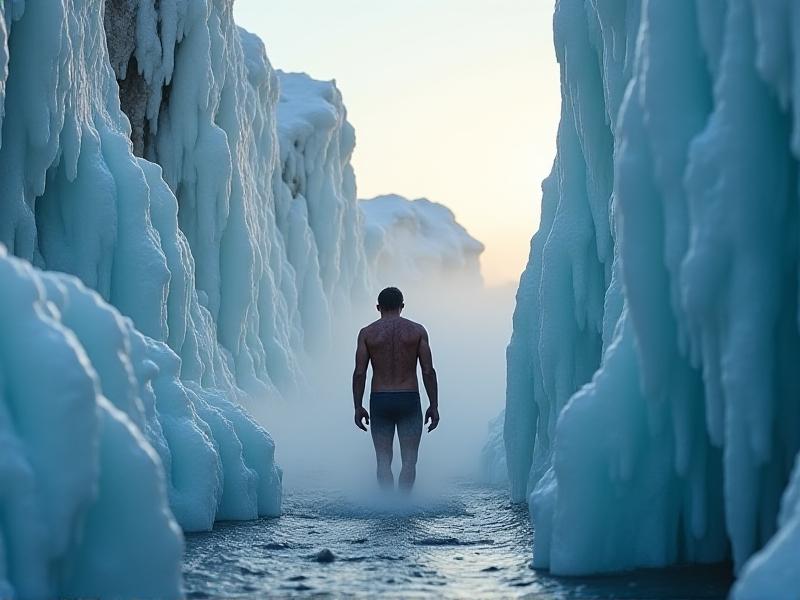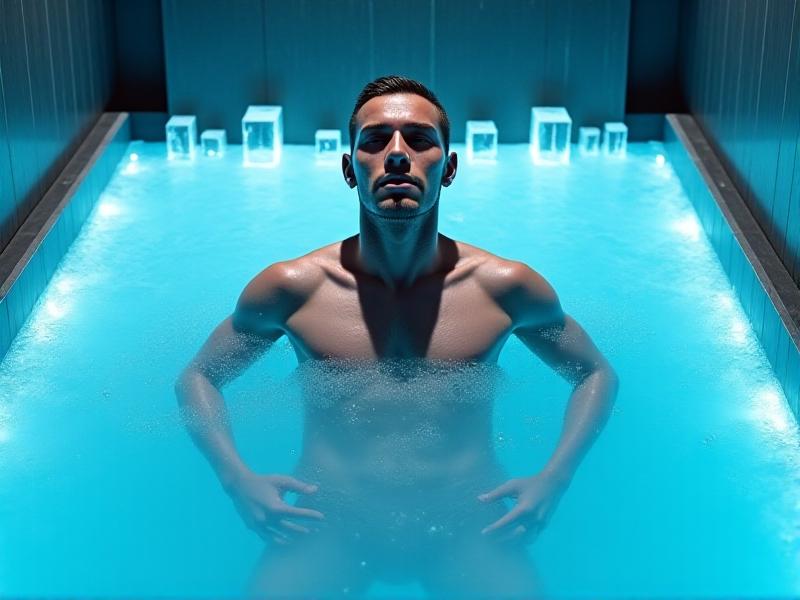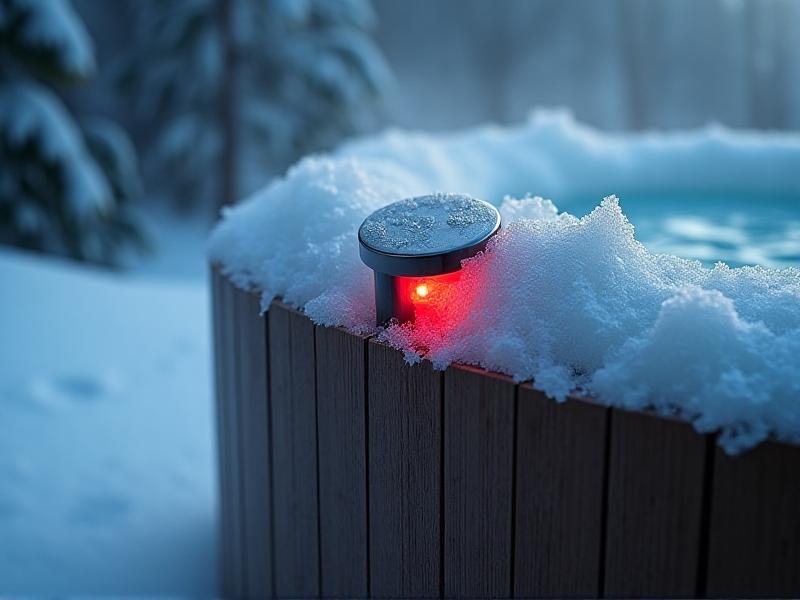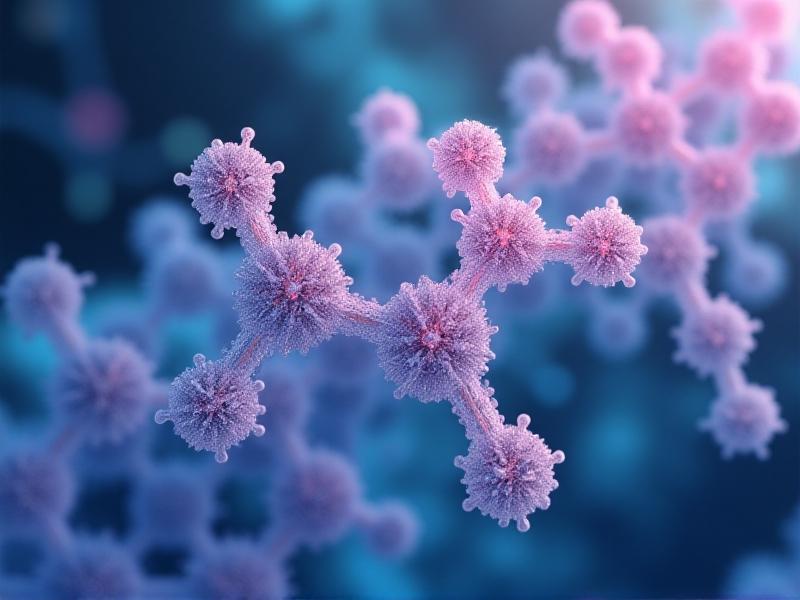Cold Therapy for High-Altitude Adaptation
Understanding High-Altitude Adaptation Challenges
High-altitude environments, typically defined as elevations above 8,000 feet, present unique physiological challenges. The primary issue is hypoxia—reduced oxygen availability—which strains the cardiovascular and respiratory systems. Symptoms like headaches, fatigue, and nausea, collectively known as acute mountain sickness (AMS), are common. Over time, the body adapts by increasing red blood cell production and improving oxygen utilization. However, this acclimatization process can take weeks, making rapid ascents risky. Cold temperatures at altitude exacerbate these challenges, as the body must simultaneously manage thermoregulation and oxygen deprivation. Understanding these dual stressors is critical for developing strategies like cold therapy to enhance adaptation.
What is Cold Therapy?
Cold therapy, or cryotherapy, involves controlled exposure to cold temperatures to stimulate physiological benefits. Techniques range from ice baths and cold showers to advanced cryochambers. Historically, athletes have used it to reduce muscle inflammation and speed recovery. Recent studies suggest it may also aid high-altitude adaptation by triggering stress responses that improve resilience. The premise is simple: exposing the body to controlled cold stress could "train" it to handle other stressors, like hypoxia, more effectively. This cross-adaptation concept forms the basis for integrating cold therapy into altitude preparation regimens.
The Science of Cold-Induced Stress Responses
Cold exposure activates the sympathetic nervous system, releasing norepinephrine and adrenaline—hormones that sharpen focus and increase metabolic rate. It also induces vasoconstriction, redirecting blood flow to vital organs. Over time, repeated exposure enhances brown adipose tissue (BAT) activity, which generates heat by burning calories. These adaptations may improve oxygen delivery and energy efficiency at altitude. Additionally, cold therapy reduces inflammatory cytokines, potentially mitigating AMS symptoms. Researchers hypothesize that these mechanisms synergize with hypoxic adaptation, though the exact pathways remain under investigation.
Cold Therapy Techniques for Altitude Preparation
Practical methods include gradual cold showers (ending with 30 seconds of cold water), localized ice packs on the neck and wrists, or full-body immersion in 50-59°F water for 5-15 minutes. Portable cryosaunas offer convenience for travelers. Timing matters: morning sessions may boost alertness, while evening sessions could aid recovery. Athletes training at altitude often combine cold therapy with breathing exercises like the Wim Hof Method to amplify benefits. Consistency is key—daily sessions for 2-4 weeks before ascent yield optimal results.

Evidence from Mountaineering and Sports Science
A 2022 study in the Journal of Wilderness Medicine found that climbers using pre-acclimatization cold therapy had 40% fewer AMS cases during Himalayan expeditions. Olympic athletes training at altitude report improved recovery rates when combining cold immersion with hypoxic tents. Indigenous practices, like the Sherpa tradition of cold river bathing, also lend anecdotal support. While more randomized trials are needed, existing data suggests cold therapy is a promising adjunct to traditional acclimatization methods.
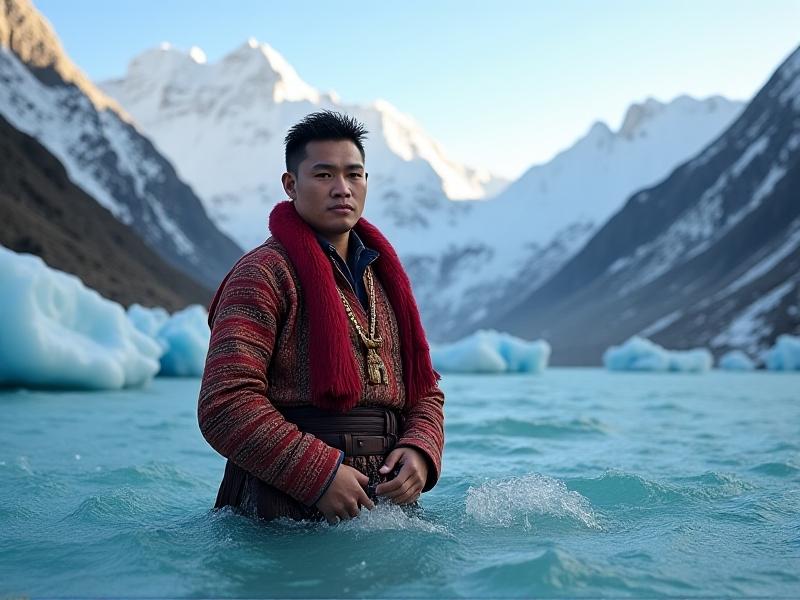
Implementing Cold Therapy Safely
Beginners should start with 60-second cold showers, gradually increasing exposure. Monitor for signs of hypothermia, like shivering or confusion. Avoid cold therapy if pregnant or with cardiovascular issues. Pair sessions with proper hydration and nutrition—increased calorie intake helps fuel thermogenesis. Consult a healthcare provider before combining cold exposure with altitude medications like acetazolamide. Remember: cold therapy complements, but doesn't replace, gradual ascent protocols.

Future Directions in Adaptation Research
Scientists are exploring gene expression changes triggered by combined cold and hypoxic stress. Early trials with "cold-hypoxia cross-adaptation" chambers aim to accelerate military and aerospace training. Wearable tech that pairs biometric monitoring with personalized cold exposure regimens is in development. As climate change makes mountain environments more unpredictable, such innovations could prove vital for safe exploration.

